Where Water Meets Wilderness: Unlocking the Secrets of Havasu National Wildlife Refuge
Imagine a place where a powerful river carves its way through a stark, sun-drenched landscape, creating an oasis teeming with life. Havasu National Wildlife Refuge stands as one of those rare environments—a vibrant intersection of water, desert, and wildlife that offers so much more than a scenic detour. For those seeking a true escape from daily stressors, discovering the wonders of the Havasu National Wildlife Refuge isn’t just an outdoor adventure—it’s a reconnection with the rhythms of the natural world itself. From silent paddles through marshland to breathtaking desert vistas punctuated by bursts of wildlife activity, this refuge offers a portal into a landscape unlike any other in the American West.
Preserving crucial habitat for migratory birds and desert-dwelling animals alike, Havasu National Wildlife Refuge provides opportunities not only for recreation but for reflection on the significance of wild spaces. As thousands of visitors are drawn each year to boat, fish, hike, or simply observe, the refuge makes a compelling case for why protected natural landscapes matter—both for their ecological richness and their restorative effects on the human soul. Unveiling the stories and secrets of this remarkable place is essential for anyone curious about the delicate balances that sustain our wild heritage. Understanding what makes Havasu so special reveals why it deserves both exploration and care.
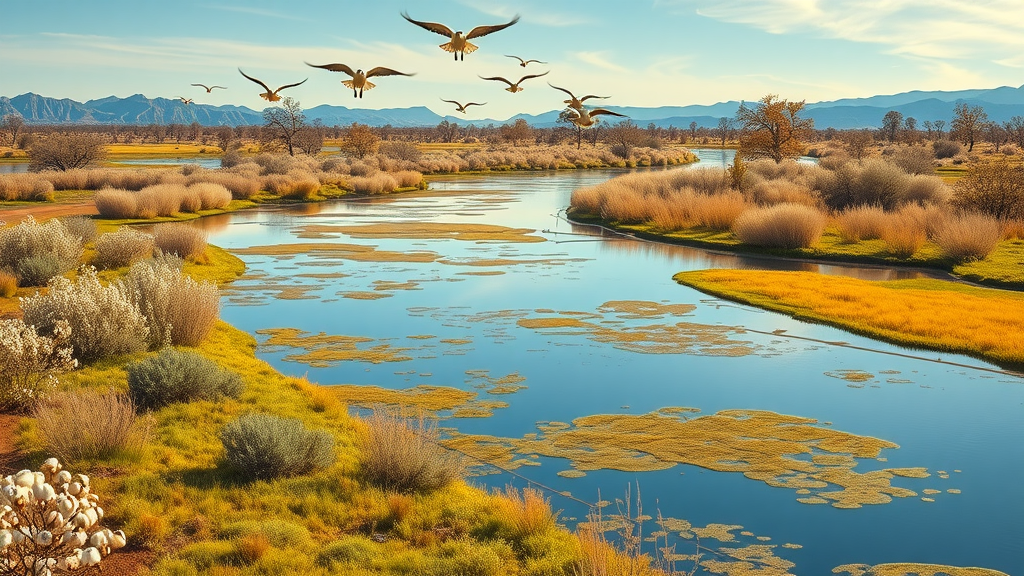
From Migratory Haven to Outdoor Playground: Understanding Havasu’s Ecological Tapestry
Havasu National Wildlife Refuge is more than simply a patch of protected land—it is a living laboratory of biodiversity and a testament to the vision behind the National Wildlife Refuge System. Established in 1941 to provide essential habitat for migratory birds, this refuge now encompasses a rich array of ecosystems. Cottonwood and willow forests, mesquite stands, restored marshland, and wild riverine stretches each play their part in a network that supports more than 318 documented bird species. From the rarest warblers to migratory waterfowl, the refuge’s diverse habitats are critical stopovers and breeding grounds in the Pacific Flyway, offering safety and sustenance across the seasons.
Yet, the true significance of Havasu National Wildlife Refuge extends beyond birds. Coyotes, foxes, and bobcats prowl its margins, and desert bighorn sheep traverse its rugged steep slopes—especially dramatic in the 20-mile-long Topock Gorge, one of the last untamed stretches of the lower Colorado River. Even elusive mountain lions and colonies of bats find sanctuary within the 17,600-acre Havasu Wilderness Area. Anyone visiting or learning about this refuge quickly discovers that not understanding its vital ecological connections could mean missing a living example of how water shapes the survival of both plant and animal life in one of North America’s most arid regions. Without places like Havasu, both wildlife populations and people lose out—a reminder of how delicate, and how precious, these living systems truly are.
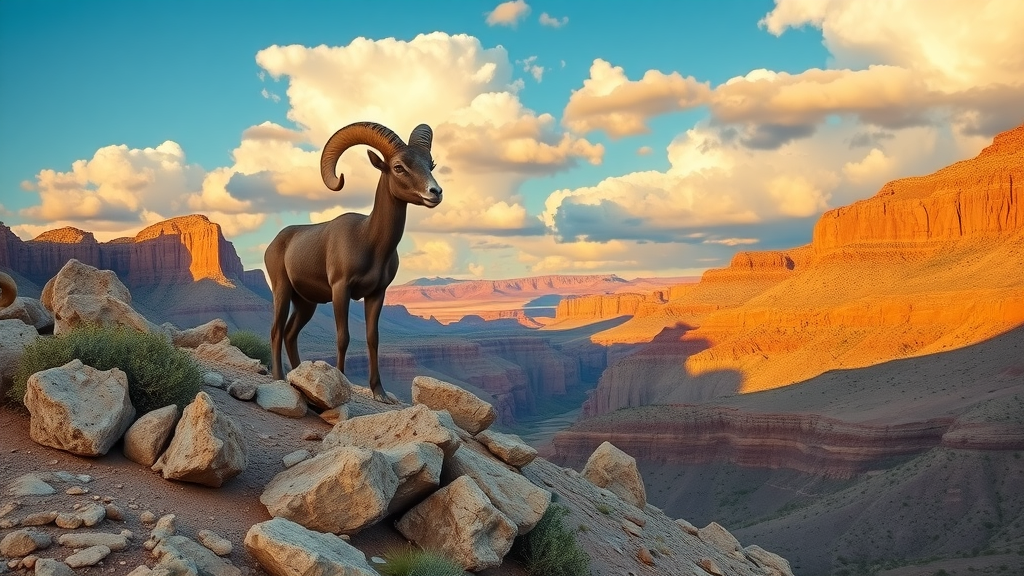
Why Havasu National Wildlife Refuge Transforms Outdoor Experiences and Conservation
Seen through the eyes of conservation practitioners and outdoor enthusiasts alike, the refuge offers vivid proof that thoughtful stewardship has lasting, real-world benefits. Rooted in a philosophy that prioritizes wildlife conservation above all else, the management approach at Havasu National Wildlife Refuge demonstrates how protected spaces can truly support local ecosystems while enriching human experience. Visitors come to fish in the famous Topock Marsh, navigate waterways by canoe or kayak, or simply watch the sky fill with the motion and color of countless birds. The result is a landscape that not only preserves natural habitat but invites meaningful, educational interaction for all ages.
By providing a safe haven for species as diverse as desert bighorn sheep, migratory songbirds, mountain lions, and vital bat populations, Havasu creates opportunities for observation and inspiration rarely found elsewhere. Its ongoing restoration and conservation efforts ensure that visitors—whether birders, boaters, hikers, or families—can connect with living wildlife and the stories of the land. The benefits of such experiences ripple outward: knowledge gained here fosters deeper appreciation and a sense of responsibility for the environment, helping to cultivate new generations of conservation-minded citizens. Whether seeking quiet contemplation or active adventure, explorers at Havasu National Wildlife Refuge discover a setting that fundamentally enriches their understanding of the natural world.
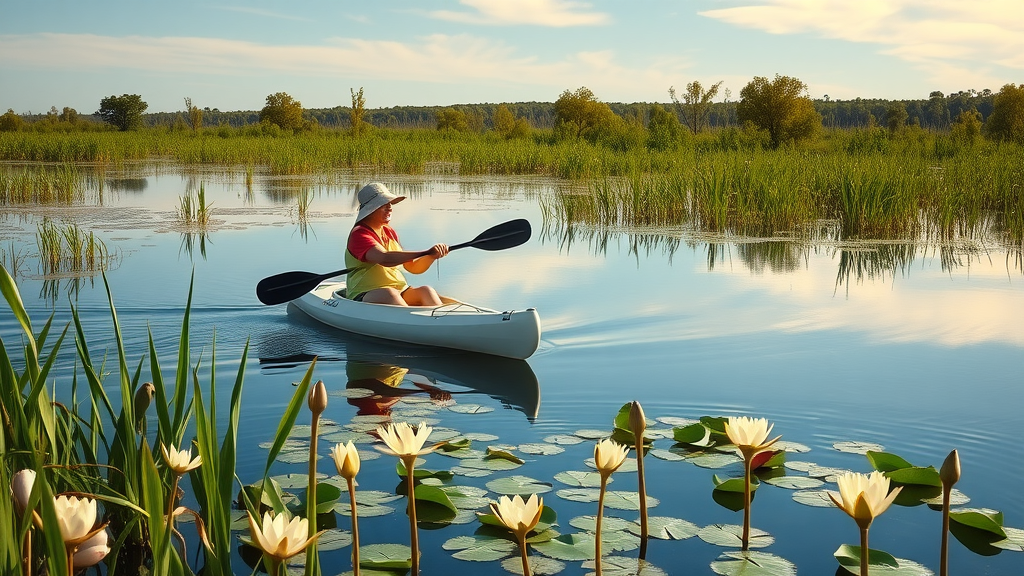
From River to Desert: How Havasu Fosters Ecological Diversity in Every Visit
The physical landscapes of Havasu National Wildlife Refuge—a mosaic of wetlands, riverbanks, and arid uplands—create a setting where ecological variety is the rule, not the exception. The spectacular Topock Gorge offers dramatic cliffs and riparian zones, setting the stage for iconic desert wildlife and breathtaking scenery. Hikers exploring the Havasu Wilderness Area are often rewarded with glimpses of agile bighorn sheep, while canoeists drifting through restored marshes may encounter herons, ducks, and turtles in their natural element. Each habitat—whether marsh, mesquite, or open water—offers a teaching moment about balance and adaptation in the desert’s challenging climate.
Such richness makes the refuge a standout among protected American landscapes. For those with a keen interest in birding, the sheer number and diversity of avian species is a highlight, especially during spring and fall migrations. But even casual visitors will find themselves awed by the drama of survival and beauty that plays out across these lands. The ease with which outdoor adventures—fishing, paddling, wildlife observation—are woven into the very fabric of the refuge amplifies its status as a living classroom for ecological awareness, adventure, and amazement.
The Historical Heartbeat of a Refuge: From Roosevelt’s Vision to Modern Stewardship
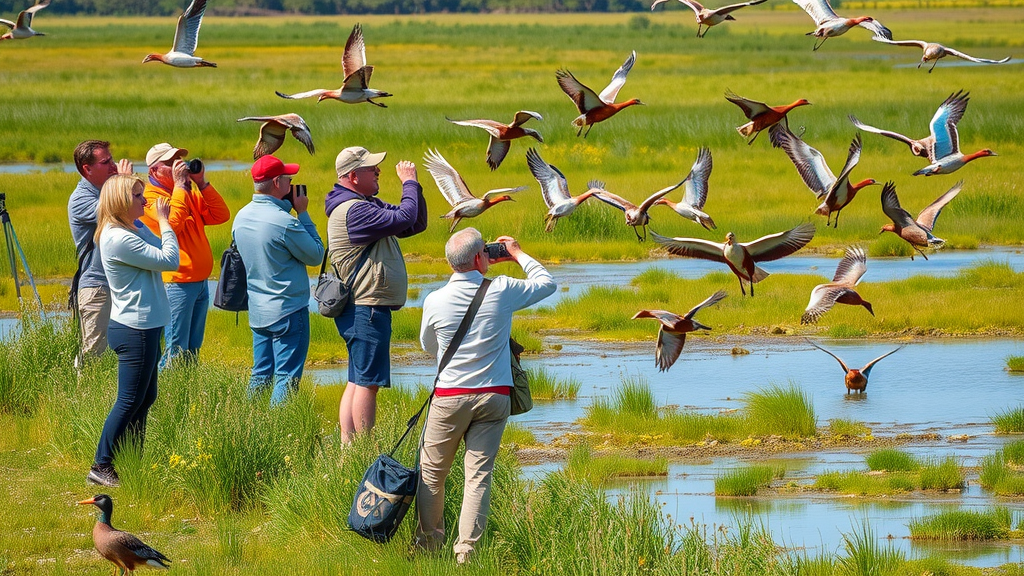
It is impossible to discuss the significance of Havasu National Wildlife Refuge without considering its origins and historical context. Created by executive order of President Franklin D. Roosevelt in 1941, its founding mission was clear: prioritize migratory bird habitat and forge a sanctuary in a land defined by extremes. The decades since have seen not to a mere preservation of landscape, but active, thoughtful management—restoring marshes, sustaining cottonwood/willow stands, and safeguarding the delicate interface between water and desert. This approach has allowed Havasu to serve as a magnet not only for wildlife but for generations of people eager to witness nature’s resilience.
The legacy of that early vision continues to shape present-day efforts. Monthly guided tours offered through the cooler months bring guests out onto dike roads and into key restoration zones, blending recreation with hands-on education about both the past and future of the refuge. By offering these immersive experiences, the refuge deepens public understanding of why active, informed stewardship is essential for the ongoing vitality of both plant and animal populations in this region.
Expert Approach: How Havasu National Wildlife Refuge Leads with Conservation and Connection
Emphasizing the core mission of wildlife conservation, the management of Havasu National Wildlife Refuge integrates science-driven decision-making with an ethos of public engagement. Every choice, from the restoration of marsh habitats to the curation of monthly educational tours, reflects a long-term approach focused on both ecological health and visitor enrichment. Conservation is never an afterthought here—it is the guiding principle that shapes the refuge’s offerings and the tools it uses to ensure diversity and resilience among species.
Perhaps what sets Havasu apart is the way it invites the public into this process, fostering not just protection of wildlife, but genuine learning and respect. Information is shared through guided walks that traverse restored marshes and woodlands, while interpretive programs highlight the interconnectedness of habitat, water management, and animal life. This authentic interaction, grounded in a belief that experience leads to lasting stewardship, is at the heart of the refuge’s unique value. By making science, education, and outdoor enjoyment accessible to all, Havasu National Wildlife Refuge acts as both guardian and guide for one of the American Southwest’s most precious wild places.
Real Visitors, Real Discoveries: A Day at Havasu National Wildlife Refuge
There is no better measure of a place’s impact than the voices of those who experience it firsthand. Consider the following account from a recent visitor, whose words capture both the atmosphere and community spirit that define time spent at Havasu National Wildlife Refuge:
Today we had the perfect day to explore the Marshes. There was a kids day going on and everyone was having a great time. I actually listened in on the speaks and it was very good. Please take some time to really soak these places in. So beautiful.
This review illustrates the blend of joy, education, and natural beauty available to anyone who spends time in the refuge. Whether taking part in educational events or simply soaking in the landscape, visitors routinely leave with a sense of awe and fulfillment. This is the promise of Havasu National Wildlife Refuge—to inspire all who enter, opening eyes to the wonder that thrives where river meets desert, and ultimately motivating more people to engage in acts of care and conservation themselves.
Connecting with the Untamed: Why Protecting Havasu National Wildlife Refuge Matters Now
In a world that increasingly values speed and convenience, places like Havasu National Wildlife Refuge remind us of the enduring importance of patience, observation, and respect for nature’s cycles. The refuge acts as a living testament to what can be achieved when conservation becomes the guiding force behind land management—offering protection for vulnerable species while fostering discovery for generations of visitors. By sharing its trails, waterways, and education initiatives, the refuge empowers individuals to build not only knowledge, but a personal bond with the wild.
Guided by thoughtful management and an unwavering commitment to both wildlife and community, Havasu National Wildlife Refuge stands as a model of what successful conservation looks like. For those who explore its unique habitats, partake in educational opportunities, or simply seek tranquility among the marshes and mountains, the legacy is clear. The refuge’s hidden wonders continue to call, underscoring why ongoing care for this extraordinary stretch of river and desert remains a priority for all who value wild places.
Contact the Experts at Havasu National Wildlife Refuge
If you’d like to learn more about how Havasu National Wildlife Refuge can enrich your understanding of conservation and the outdoors, contact the team at Havasu National Wildlife Refuge.
📍 Address: 317 Mesquite Ave, Needles, CA 92363, USA
📞 Phone: +1 928-227-9977
🌐 Website: https://www.fws.gov/refuge/havasu
Location and Hours for Havasu National Wildlife Refuge
🕒 Hours of Operation:
📅 Monday: 8:00 AM – 3:30 PM
📅 Tuesday: 8:00 AM – 3:30 PM
📅 Wednesday: 8:00 AM – 3:30 PM
📅 Thursday: 8:00 AM – 3:30 PM
📅 Friday: 8:00 AM – 3:30 PM
📅 Saturday: ❌ Closed
📅 Sunday: ❌ Closed
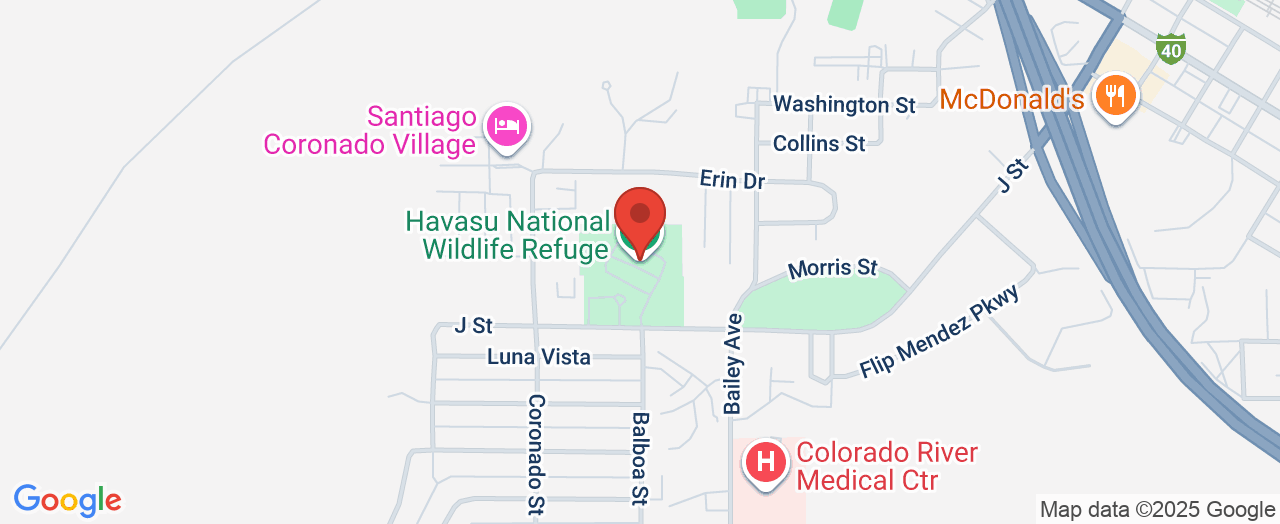
 Add Row
Add Row  Add
Add 





Write A Comment